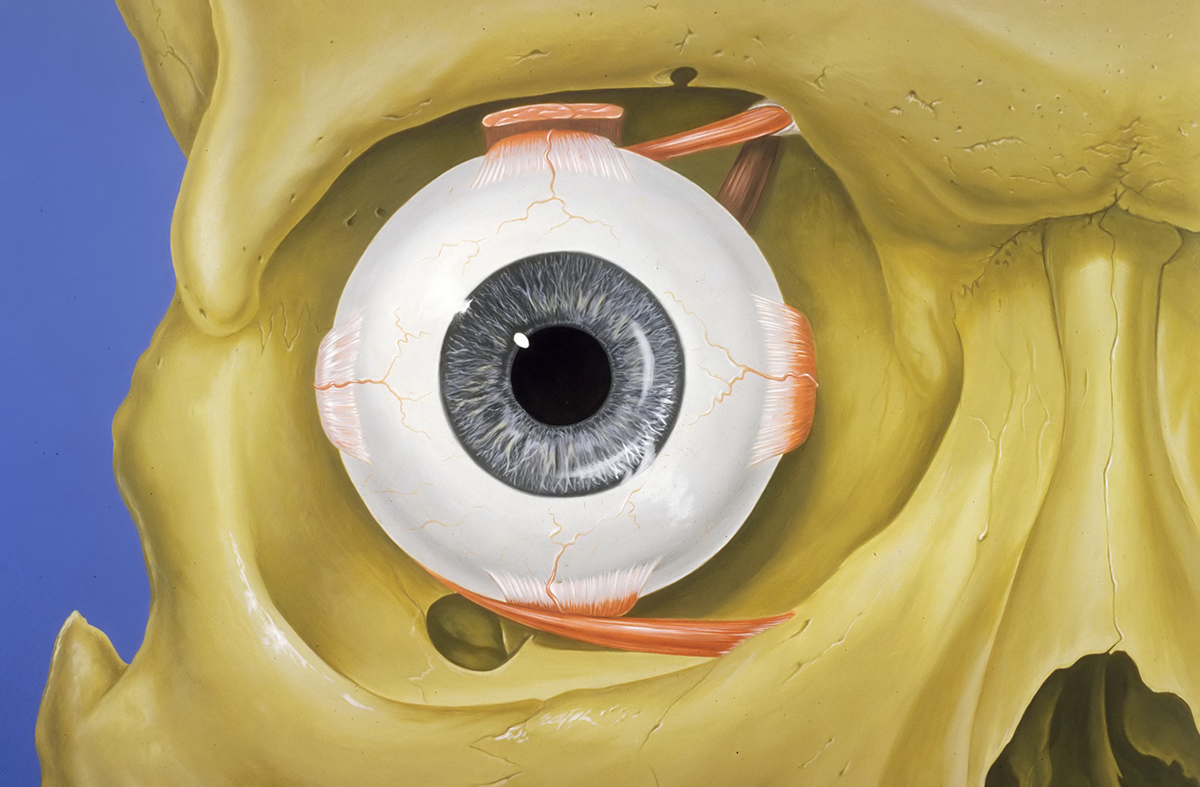
Muscle pain – think before exercising
After a period of prolonged physical inactivity, such as the ‘winter hibernation’ many of us go through, for example, we may experience soreness in the muscles when we go back to doing a sports activity. This phenomenon is especially pronounced when we experience a surge in the level of physical activity, for example do moderate or heavy workout at spring weekends.
Your muscles, which you have neglected for, say, a season will probably experience ‘muscle fever’. Luckily, a few tricks might help you significantly decrease, if not forestall, the painful irritation of the muscles.
Two types of muscle soreness
The intense physical activity after a time period of being inactive may lead to two possible scenarios. One of them is short-term pain in the muscles a person stars perceiving immediately following the physical strain. The other variant of muscle tenderness is called delayed onset muscle soreness (DOMS). The latter type of muscle pain one starts feeling only after a couple of days following the session of workout.
Temporary muscle pain
Short-term muscle tenderness occurs when lactic acid has piled up in your system. Lactic acid is normally released during a workout, and if we don’t over-exercise our bodies can process it. However, if we train vigorously and our muscles are not accustomed to that level of activity, excessive lactic acid can cause pain in the muscles.
A study suggests that taking 1 g of sodium phosphate several days prior to exercising may potentially provide aid in forestalling the muscle pain, since it lowers the level of lactic acid.
DOMS – slightly different
The other kind of muscle pain occurs as a consequence of exposing your muscles to much heavier stress than they can cope with. It can also spring up after a session of workouts which has engaged muscle groups that have previously been somewhat neglected.
Again, there are remedies that may provide assistance in reducing the delayed tenderness in the muscles. For example, you can take antioxidants on a regular basis, since free radicals are produced in our bodies when we are physically active.
Proper nourishment is extremely important. It is desirable that you take in around 40 g of protein and circa 120 g of carbohydrates following the exercise. It is very important to eat properly after the workout, since that is the time when your body regenerates. The muscle tissue is being rebuilt then, and the appropriate choice of nutrients substantially helps the process of regeneration.
The combination of malic acid and magnesium, as well as creatine, can be taken to preempt the muscle pain, after you have consulted a nutritionist, or a trained fitness instructor.


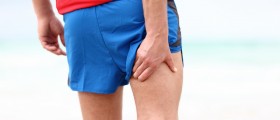

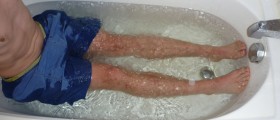
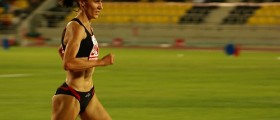
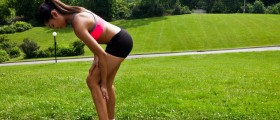
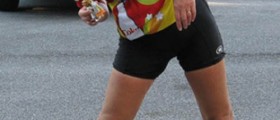

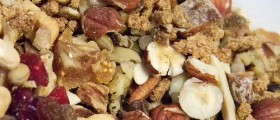
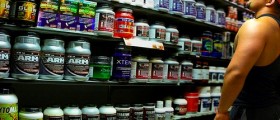


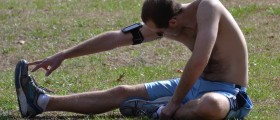
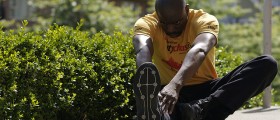
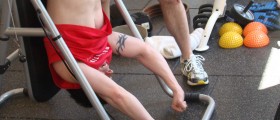
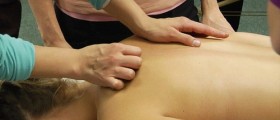
Your thoughts on this
Loading...